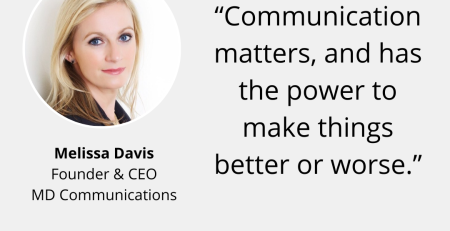As the results of the Scottish referendum were coming in last Friday there was a real sense of excitement all across the country. Whatever happened, history was about to be made and all of us wanted to feel like we were a part of it. However, unfortunately for one business, being a part of such a big public event turned into a rather embarrassing PR fail. Online furniture retailer Made.com managed to make a rather public error on Friday morning when one of their trigger happy team accidentally sent the wrong email to every single one of their customers. The email that went out celebrated Scottish independence, announced a Scottish Made.com store and offered products in the colours of the Saltire, as well as a Scottish-specific discount code. Oops…
Although the company clearly would rather have avoided making such an obvious error, the way that they dealt with it was a pretty good example of how to turn a PR disaster into a much more positive experience. Rather than trying to ignore or cover up what had happened, an email was immediately sent out to customers acknowledging the mistake with an ‘Oops please ignore that last email.’ In plain English, Made simply said ‘We accidentally hit send on an email we’d prepared in case of a YES vote for Scottish independence.’ Although the people behind the screen/keyboard might well have felt a little silly for sending the email out in the first place, they managed to avoid appearing foolish to the public thanks to their simple and honest approach.
What often happens when a business accidentally shoots itself in the foot PR-wise, is that there is an attempt to shift the blame, to pretend what happened didn’t happen or to imply it was all part of some grand plan. What many people without PR experience miss is the diffusing effect of simply admitting that a mistake has been made and that mistake was theirs. Instead, businesses often try to make the consumer feel stupid for thinking a mistake had been made in the first place – which is very bad PR. Another element of PR crisis management that is perfectly illustrated by this incident is the importance of speed of response. Made had sent out their new email within a matter of minutes of the one sent in error, almost so quickly that many customers would simply receive both and probably delete the first one without reading it. Leaving the error hanging in the air really would have made the company look stupid but taking immediate, strong decisive action was a great way to instantly get back on track. Made also used a clever diversion tactic – offering a new discount code in the second email for people to shop Union Jack products and colourful images of those products included in the body of the email itself. As a result, the focus instantly shifted to the new proposition – whether there might be any Union Jack products that the customer would want to purchase with the discount code.
These are some pretty basic lessons in how to manage a PR crisis that has come from within your own organisation. There are of course many variables and different situations might require more tailored solutions but the Made approach of honesty, speed and diversion is certainly a good place to start.











